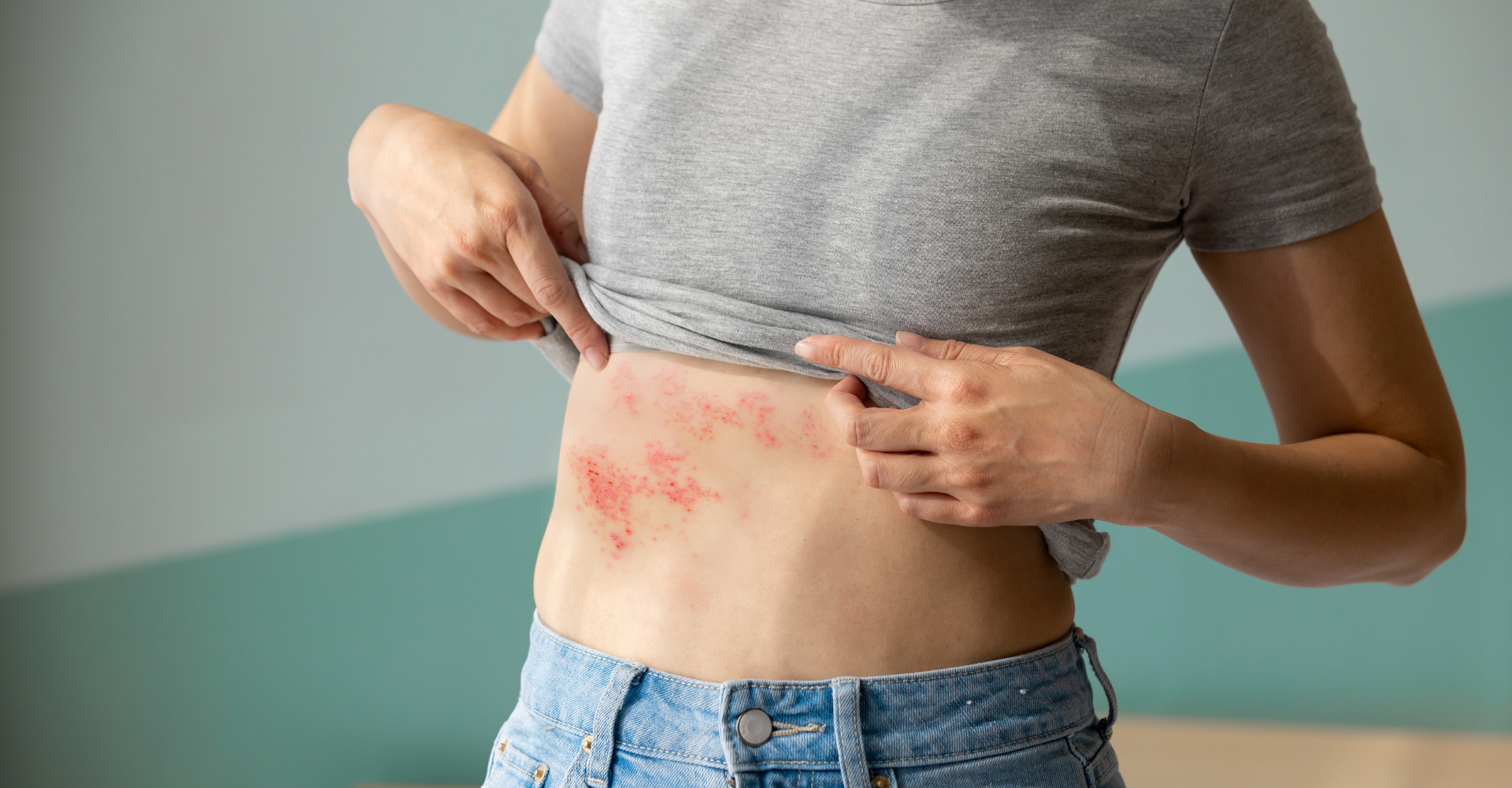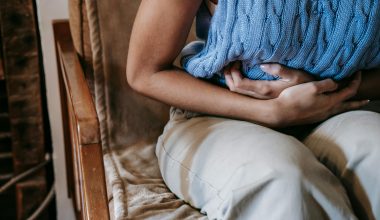In my close circle I’ve known at least 4 people who have developed shingles. One was my sister, who, at the age of about 45, found herself with shingles dangerously close to her eyes, while another was my 78-year-old stepmother, who spent weeks not being able to sleep because of the pain.
If these stories sound all too familiar, it’s because almost one in three Canadians over the age of 50 will develop shingles (varicella-zoster virus, or VZV) and the risk of developing shingles increases to fifty per cent at the age of 85.

Symptoms of Shingles
Shingles typically presents as a rash, with painful blisters described as an aching, burning, stabbing or shock-like pain across the chest, abdomen, or face.
Five to thirty per cent of people who develop shingles can also experience post-herpetic neuralgia (PHN), a long-lasting nerve pain that can last weeks or months and can occasionally persist for several years.
How do you get shingles?
As humans age, our immune systems become less powerful, and any immunity you might have had from exposure to chicken pox may have waned, making older adults more susceptible to shingles.
Shingles is the reactivation of VZV, which lies dormant in nerve cells following a chickenpox infection. Reactivation of the virus, which presents as shingles, can occur years after the initial infection when the immune system has been weakened, either due to age, stress, or certain health conditions or medications.
People who never had chickenpox or didn’t get chickenpox vaccine can get infected with VZV through direct contact with the fluid from shingles rash blisters or breathing in virus particles that come from the blisters.
If they get infected, they will develop chickenpox, not shingles. They could then develop shingles later in life.
A person cannot develop the disease if they never had chicken pox. Most people who develop it only have it once during their lifetime.
What to do if you think you might have shingles
Get in touch with your healthcare professional immediately if you suspect you have shingles. They will likely recommend you start antiviral medication immediately as it works best if taken within 72 hours of developing blisters.
Antivirals will not cure the disease but can help minimize the extent and spread of the rash and minimize the pain associated with it. They may also help to reduce the risk of developing chronic pain from the illness.
To avoid transmitting VZV, do not have close contact with people until the blisters have scabbed over, which can take two to four weeks. It is very important for you to avoid contact with anyone who has never had chickenpox or the chickenpox vaccine; infants, pregnant women or immune-compromised people are especially at risk.
People with shingles cannot spread the virus before the blisters appear or after the rash scabs over.
Vaccination
Most countries do not have public vaccination programs for chicken pox or VZV, however since 2004, children are offered vaccination against chicken pox through our public health system.
Not much is known yet if childhood vaccination for chicken pox will protect against shingles later in life, however, for the 90% of Canadians who had chicken pox before the publicly funded vaccination program began, shingles is a real concern.
Shingrix is currently the only shingles vaccine available in Canada. It is recommended for adults 50+ without any contraindications and may be considered for immunocompromised adults under 50 years of age on a case-by-case basis.
Getting vaccinated can help reduce the chances of developing the disease. If you do develop shingles, it may reduce the intensity and the duration of the symptoms and makes you less likely to develop post-herpetic neuralgia.
Ontario Only Province Covering Vaccination
The Canadian Government recommends vaccination with Shingrix, regardless of whether you’ve been vaccinated with the older, discontinued live-virus vaccine (Zostavax). People over 80 are not eligible to receive the vaccine.
Despite this, Ontario is currently the only province that has a publicly funded program covering the vaccine. If you’re a resident of Ontario and are between the ages of 65 to 70, you can get the vaccine at no charge.
Otherwise, you’re looking at an expenditure of about $400 for the two doses. If you have private health insurance, this cost will likely be covered. Check with your insurer to determine if you’ll have to pay for the cost of the vaccination out-of-pocket.
The information provided on TheHealthInsider.ca is for educational purposes only and does not substitute for professional medical advice. TheHealthInsider.ca advises consulting a medical professional or healthcare provider when seeking medical advice, diagnoses, or treatment.










